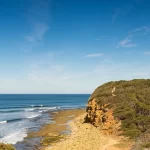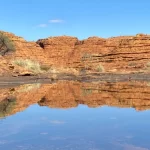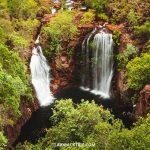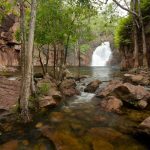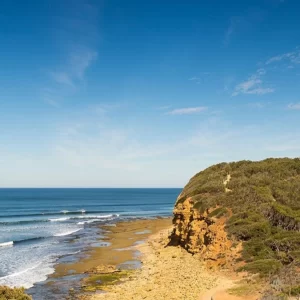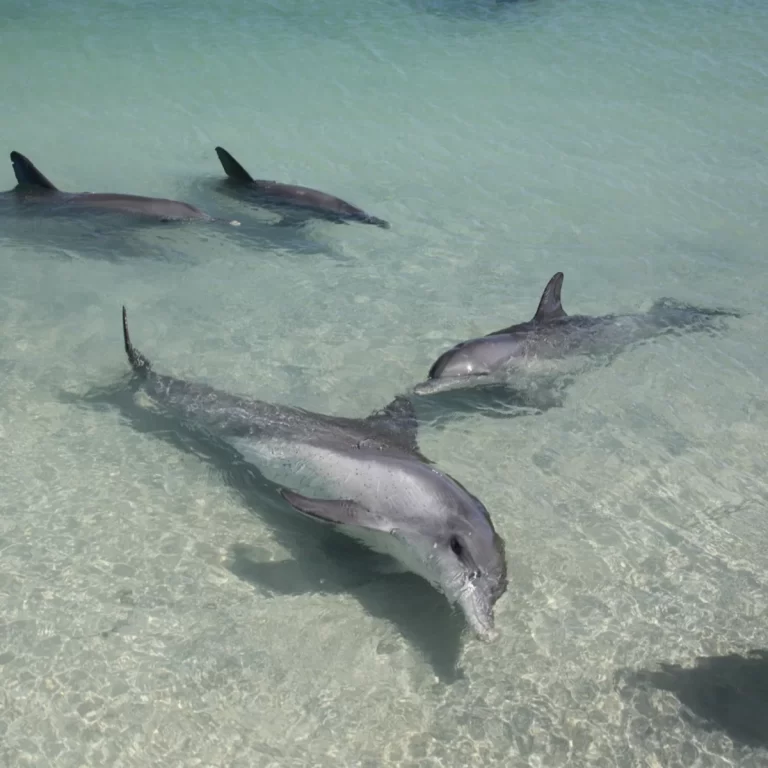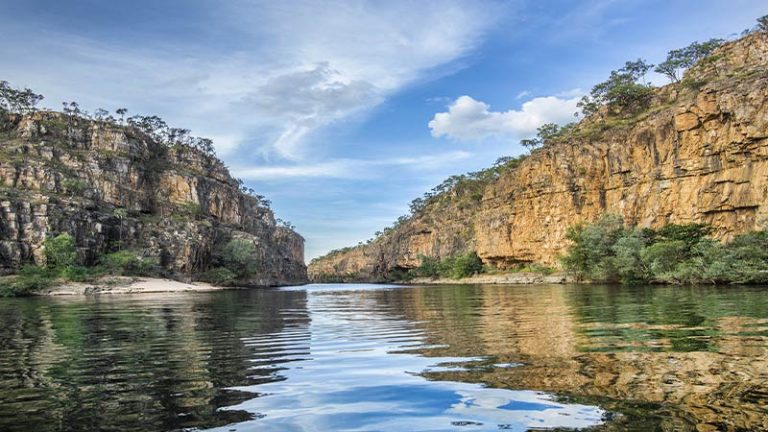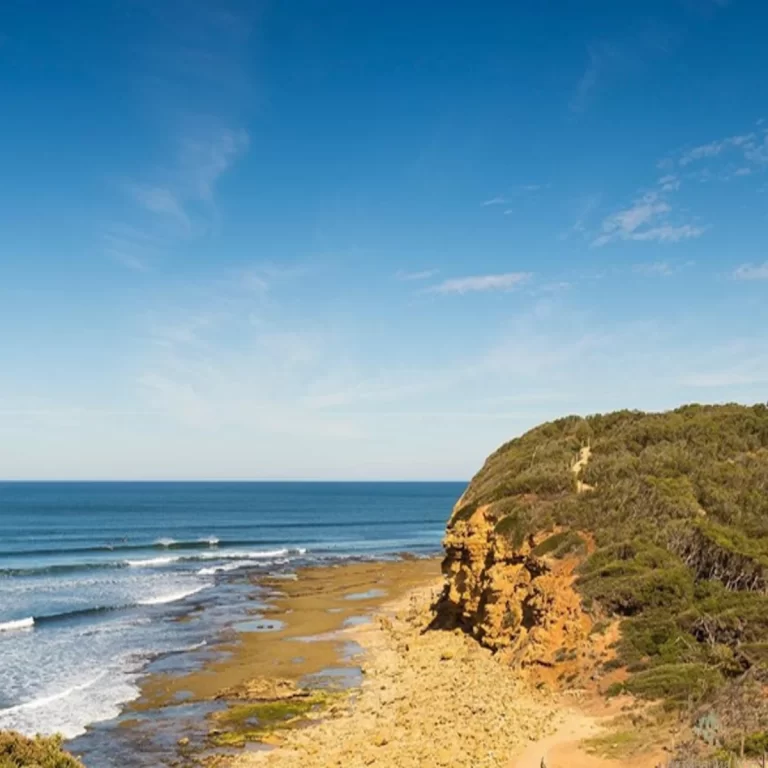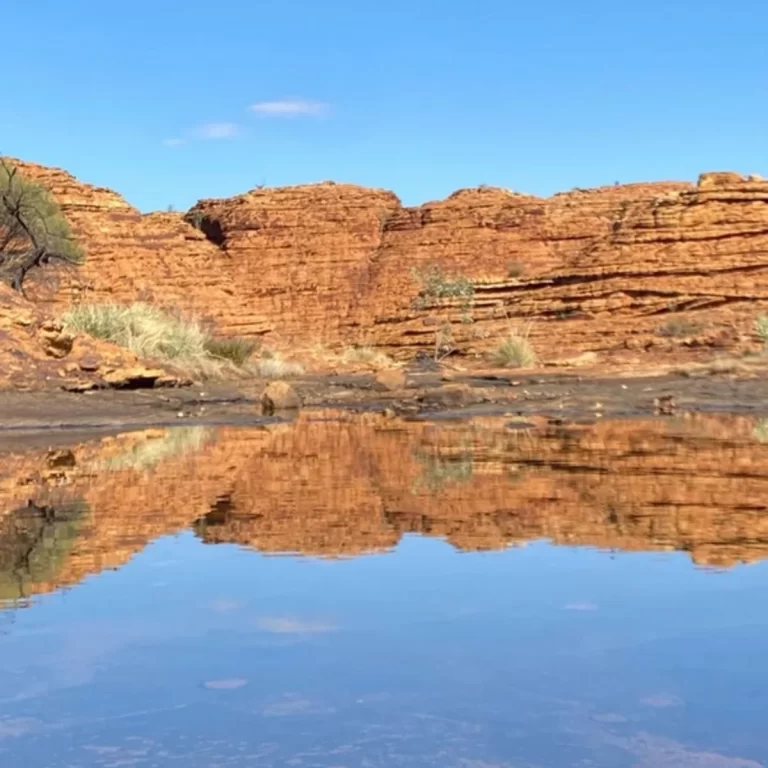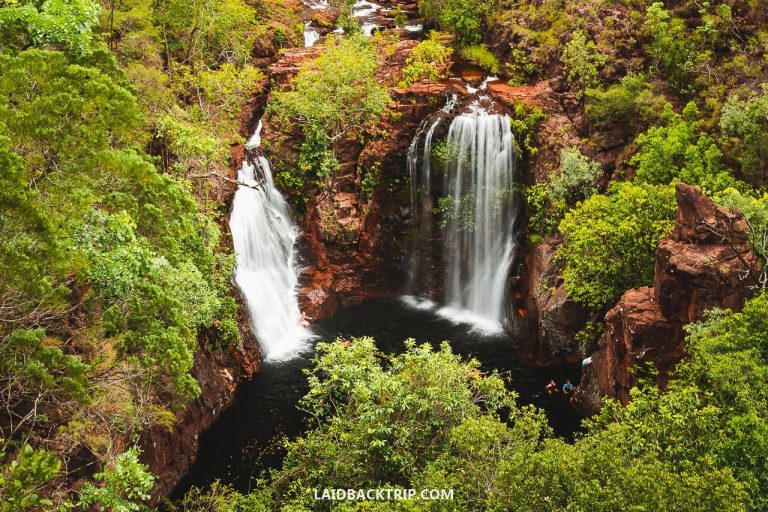Is it safe to swim in Litchfield National Park?
Water Quality
The water quality in Litchfield National Park is generally considered to be of high standard. The park’s waterholes and waterfalls are fed by natural springs and streams, resulting in clear and clean water. However, it is essential to note that water conditions can vary depending on factors such as rainfall and season. It is always advisable to check with park authorities or signage for any warnings or closures due to water quality or other safety concerns.
Potential Hazards
While Litchfield National Park offers breathtaking swimming spots, it is important to be aware of potential hazards that may be present. These hazards include:
1. Wildlife
Litchfield National Park is home to a diverse range of wildlife, including freshwater crocodiles and some harmless species of snakes. It is crucial to be mindful of your surroundings and observe any warning signs regarding wildlife in the park. Avoid swimming or approaching animals, as they may pose a risk to your safety.
2. Rocks and Cliff Jumping
Some swimming areas in Litchfield National Park feature rocky surfaces and cliffs. Exercise caution when walking on slippery rocks and be aware of any submerged hazards beneath the water’s surface. Jumping from cliffs should only be attempted if you have sufficient experience and knowledge of the area. Always check the depth and ensure it is safe to jump.
3. Currents and Undertows
Waterholes and waterfalls in Litchfield National Park may have strong currents or undertows, especially during periods of heavy rainfall. Be cautious when swimming near waterfalls or in fast-flowing sections of rivers, and avoid areas where the flow seems too strong. Always keep a close eye on children and weaker swimmers.
4. Weather Conditions
The weather in Litchfield National Park can be unpredictable, with sudden storms or heavy rains. Pay attention to weather forecasts and seek shelter if a storm is approaching. Avoid swimming during severe weather conditions, as they can create dangerous situations in the water.
Safety Precautions
To ensure a safe swimming experience in Litchfield National Park, follow these important precautions:
1. Observe Safety Signs
Pay attention to safety signs and warnings posted throughout the park. These signs provide valuable information regarding water quality, potential hazards, and any specific rules or restrictions.
2. Swim in Designated Areas
Stick to designated swimming areas that are known to be safe and monitored by park authorities. These areas are regularly assessed for any hazards and are generally safer for swimming.
3. Supervise Children
Always keep a close watch on children and supervise them at all times while swimming. Ensure they are wearing appropriate flotation devices if necessary.
4. Swim with a Buddy
Swimming with a buddy is always a good idea, as they can assist in case of emergencies or unexpected situations. It’s safer and more enjoyable to swim with a companion.
5. Stay Hydrated
Remember to stay hydrated, especially during hot weather. Pack plenty of water and take regular breaks from swimming to rest and rehydrate.
6. Sun Protection
Protect yourself from the sun’s rays by wearing suitable clothing, a hat, and applying sunscreen. It’s important to avoid sunburn and heatstroke while swimming in Litchfield National Park.
Swimming in Litchfield National Park can be a rewarding and refreshing experience, but it’s important to prioritize safety. By being aware of potential hazards, following safety precautions, and respecting the natural environment, you can enjoy a safe and unforgettable swimming adventure in this magnificent park.

